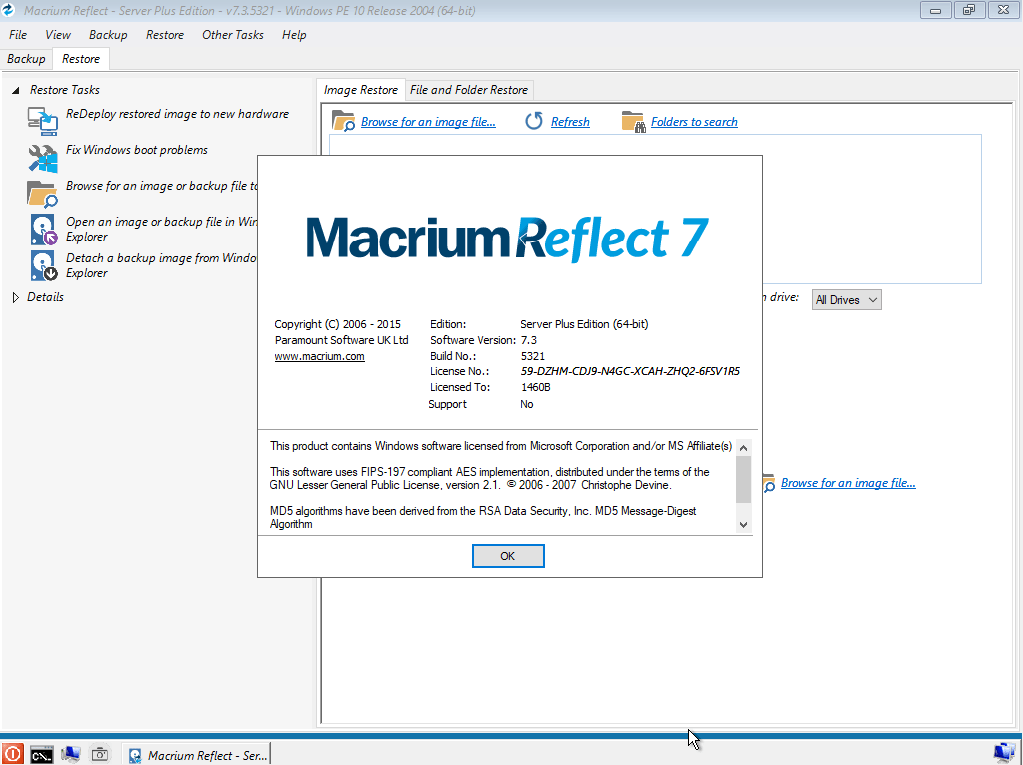

You can use encryption to secure your backup files to prevent unauthorized access. This feature helps users save storage space and, consequentially, costs. This software employs data deduplication to compress the size of backup files as much as possible as you move them to external storage mediums. A bootable drive will be a lifesaver if your PC can’t boot normally due to errors or if the internal boot disks need to be removed at some point for repairs. You can also employ Macrium Reflect to create bootable drives, which refer to a removable storage medium from which a PC can boot an operating system or specific utility program. Likewise, you can back up specific partitions of a disk instead of the entire thing. Hence, if you experience data loss for any reason, you can simply restore the disk image and have your device working exactly as before.
Instead of backing up individual files and folders, you may choose to back up entire disks, which is referred to as an image backup because you create a full “image” of the disk containing all the associated files and settings. If you're using the commercial version, you can sync multiple schedules to ensure all devices within your network get backed up simultaneously. Managing frequent backups can be stressful, and to reduce this stress, Reflect lets you schedule backups ahead of time and have them perform automatically, giving you more space to focus on your work. Unlike many competitors, Reflect doesn’t let users back up files to cloud storage services, which represents a major drawback with the software. The backup entails uploading them to local storage or an external storage device (CD, DVD, USB stick, etc), where you can easily retrieve them later. Doing this will open up a menu where you can choose individual files or folders that you want to back up. Look for the button that aptly says “Create a File or Folder Backup” and click it. After downloading the setup file and running it on your PC, you’ll need this registration code at some point during the installation.ĭuring our test, the installation was pretty slow, which was odd given the file size was relatively small (less than 200MB), but it could have been a network problem.Īfter installing the app, the first feature you should notice is creating a file or folder backup.

You’ll need to input an email to which Macrium will send a unique registration code. First, head to the official website to download the setup file. Setting up Macrium Reflect is pretty easy. (Image credit: Macrium Software) Macrium Reflect: Features


 0 kommentar(er)
0 kommentar(er)
